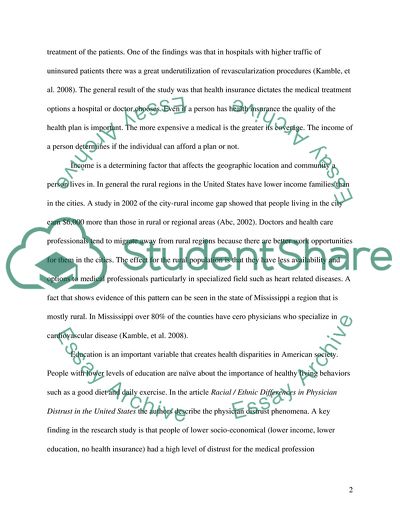Cite this document
(How Does Income and Education Create Health Disparite in the United Term Paper, n.d.)
How Does Income and Education Create Health Disparite in the United Term Paper. https://studentshare.org/social-science/1718684-how-does-income-and-education-create-health-disparite-in-the-united-state
How Does Income and Education Create Health Disparite in the United Term Paper. https://studentshare.org/social-science/1718684-how-does-income-and-education-create-health-disparite-in-the-united-state
(How Does Income and Education Create Health Disparite in the United Term Paper)
How Does Income and Education Create Health Disparite in the United Term Paper. https://studentshare.org/social-science/1718684-how-does-income-and-education-create-health-disparite-in-the-united-state.
How Does Income and Education Create Health Disparite in the United Term Paper. https://studentshare.org/social-science/1718684-how-does-income-and-education-create-health-disparite-in-the-united-state.
“How Does Income and Education Create Health Disparite in the United Term Paper”. https://studentshare.org/social-science/1718684-how-does-income-and-education-create-health-disparite-in-the-united-state.


